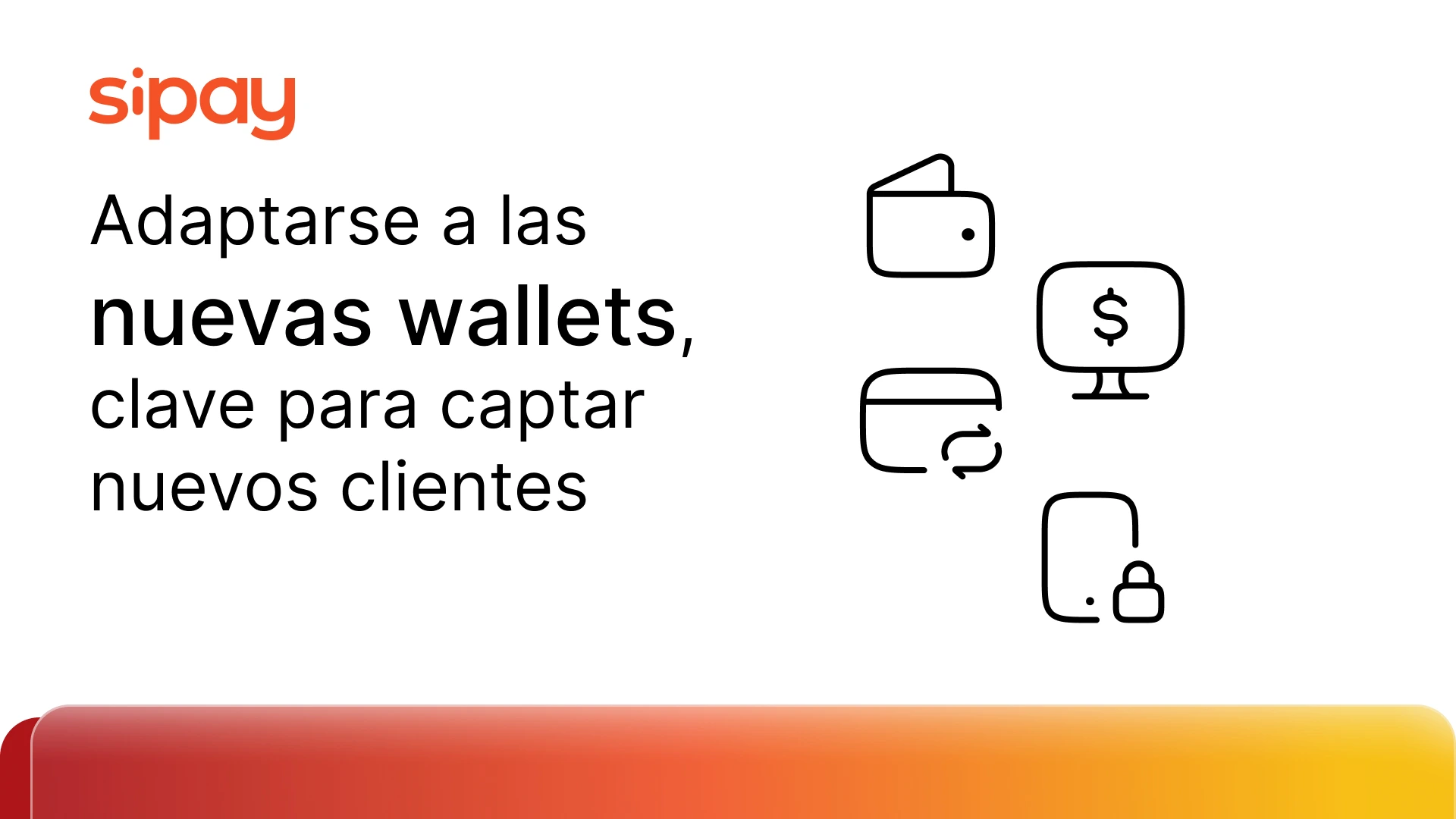Digitalization and technological advances have led to the creation of new forms of payment. Biometric payments generate a change in the way people pay both in physical and online channels.
Biometric identification refers to the application of mathematical techniques considering the physical and behavioural traits of a person to verify its identity. But what is biometrics and how is it used in the payment industry?
Biometry and security
The difficulty of replicating any part of the body makes biometrics a very powerful identification system for the payment industry. Fingerprints, retina, voice or even hand veins are some of the patterns already being used to identify individuals.
As no two fingerprints or voices are exactly alike, certain parts of the body can be used as personal identifiers, which can be very beneficial in increasing security and preventing fraud and identity theft.
One of the most common problems that arise when authenticating payment is when the user must remember passwords or access data for multiple accounts. Biometrics eliminates all these obstacles, because unlike any other security systems, biometric data cannot be stolen or lost because they are part of the individual and no one can memorize them as is the case with keys and passwords.
Biometrics as a form of authentication
As a result of the healthcare crisis, most consumers prefer to use contactless payment solutions using NFC technology, through contactless cards, cell phones and other devices (wearables) that allow the customer to make a payment by simply bringing their card or device close to the terminal to pay for their purchase. Thus, the increased use of mobile payment has led users to increasingly use biometrics to authenticate their purchases, thus benefiting from the security, speed and convenience offered by this form of checkout.
To offer the best shopping experience, retailers should push forward on the implementation of new payment devices such as «Smart Terminals», which allow payment to be authenticated with the user’s fingerprint. Another option is for the user to have a mobile device with his biometric data scanned on it and complete the payment from his own device. All this transition implies a technological cost that retailers should be able to assume to respond to the consumer’s needs, who is increasingly digital and demanding a seamless and frictionless shopping experience.
In short, we can affirm that authentication through biometric systems not only provides greater convenience for the user but can also translate into increased sales for the retailer thanks to the improved customer experience.
Latest innovations in the biometric payment industry
The biometric payments industry is constantly innovating and is expected to continue to evolve in the coming years. Recent developments include fingerprint cards. This type of card includes a fingerprint sensor, and the user only must place his finger on the fingerprint reader and bring it close to the terminal to carry out the transaction. This form of payment allows transactions to be carried out in a matter of seconds, avoiding the need to enter a PIN number.
Sipay, the payment gateway with more than 25 years of experience in the sector, highlight the need for merchants to facilitate the integration of biometric systems as a method of payment identification and to offer customers a frictionless shopping experience.



